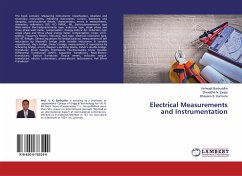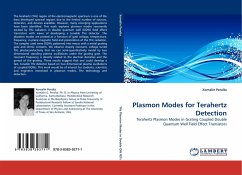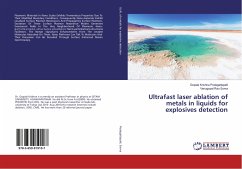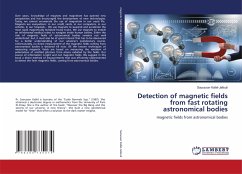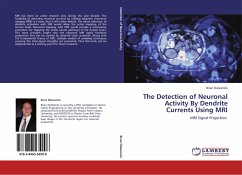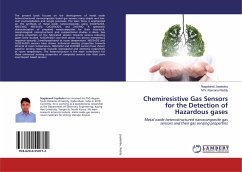
Instrumentation for Lesion Detection
Imaging cancer and heart disease with beta particles
Versandkostenfrei!
Versandfertig in 6-10 Tagen
45,99 €
inkl. MwSt.

PAYBACK Punkte
23 °P sammeln!
To image small lesions within the body requires instrumentation that has very high resolution, has high sensitivity, and can suppress large background signals. This can be achieved with beta-emitting radioactive tracers. To detect these tracers, the detection device must be small, compact, and placed in close proximity to the lesions, virtually touching them. This book presents design concepts, as well as the building and evaluation of such devices, for imaging vulnerable plaques and residual cancer cells. Detailed disease descriptions, as well as comprehensive references, are also presented. ...
To image small lesions within the body requires instrumentation that has very high resolution, has high sensitivity, and can suppress large background signals. This can be achieved with beta-emitting radioactive tracers. To detect these tracers, the detection device must be small, compact, and placed in close proximity to the lesions, virtually touching them. This book presents design concepts, as well as the building and evaluation of such devices, for imaging vulnerable plaques and residual cancer cells. Detailed disease descriptions, as well as comprehensive references, are also presented. Vulnerable plaque, believed to cause 70% of all heart attacks, is not identifiable with current diagnostic modalities. The imaging devices for vulnerable plaque detection presented in this book are intended for angiogram sessions. The success of surgical procedures for brain tumor patients depends on the extent to which the neurosurgeon can remove the tumor cells completely. Current imaging technologies do not adequately visualize tumor margins. The devices for imaging residual cancer cells were developed to aid the neurosurgeon in detecting the boundary of the tumor in open brain surgery.



